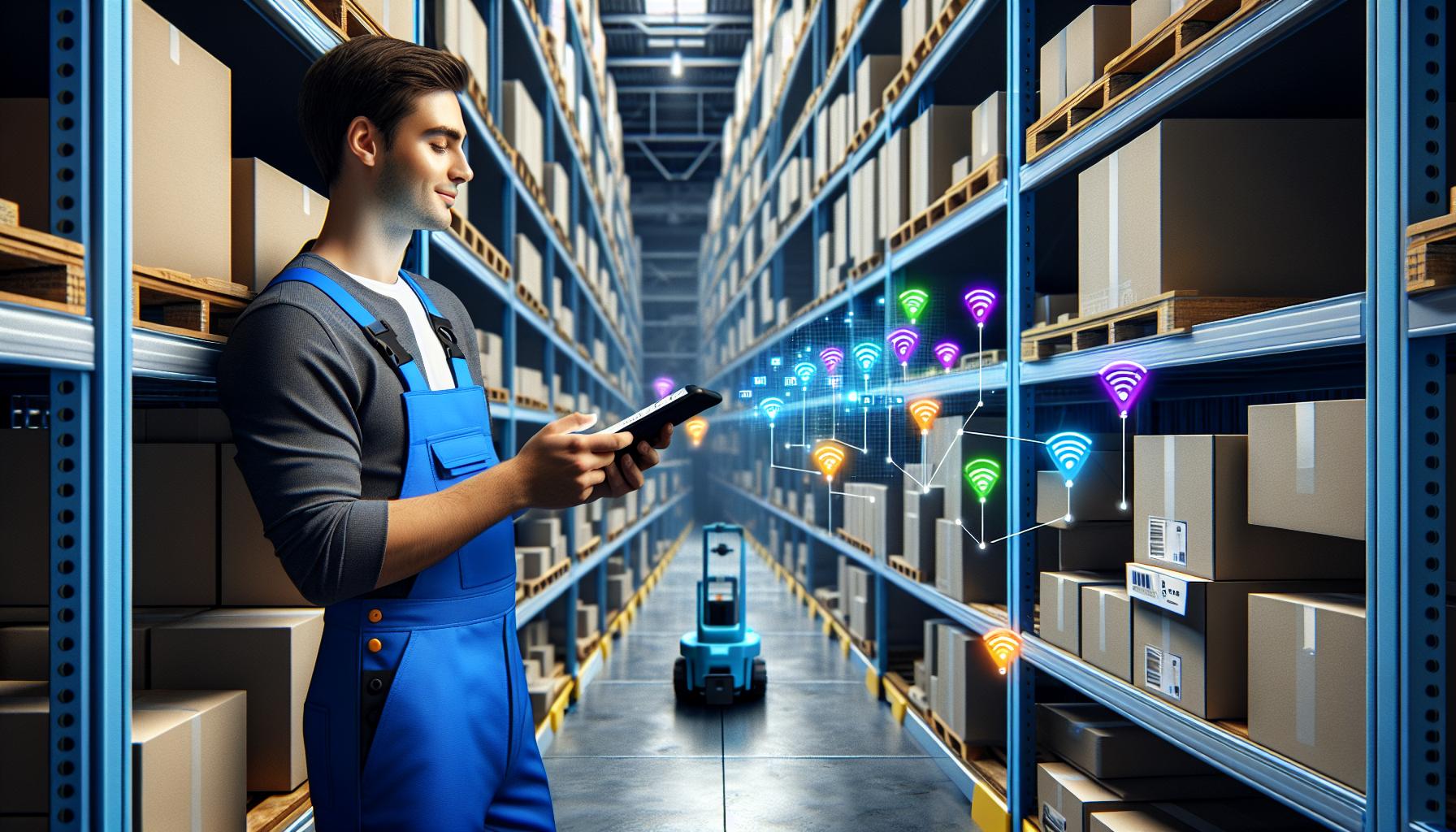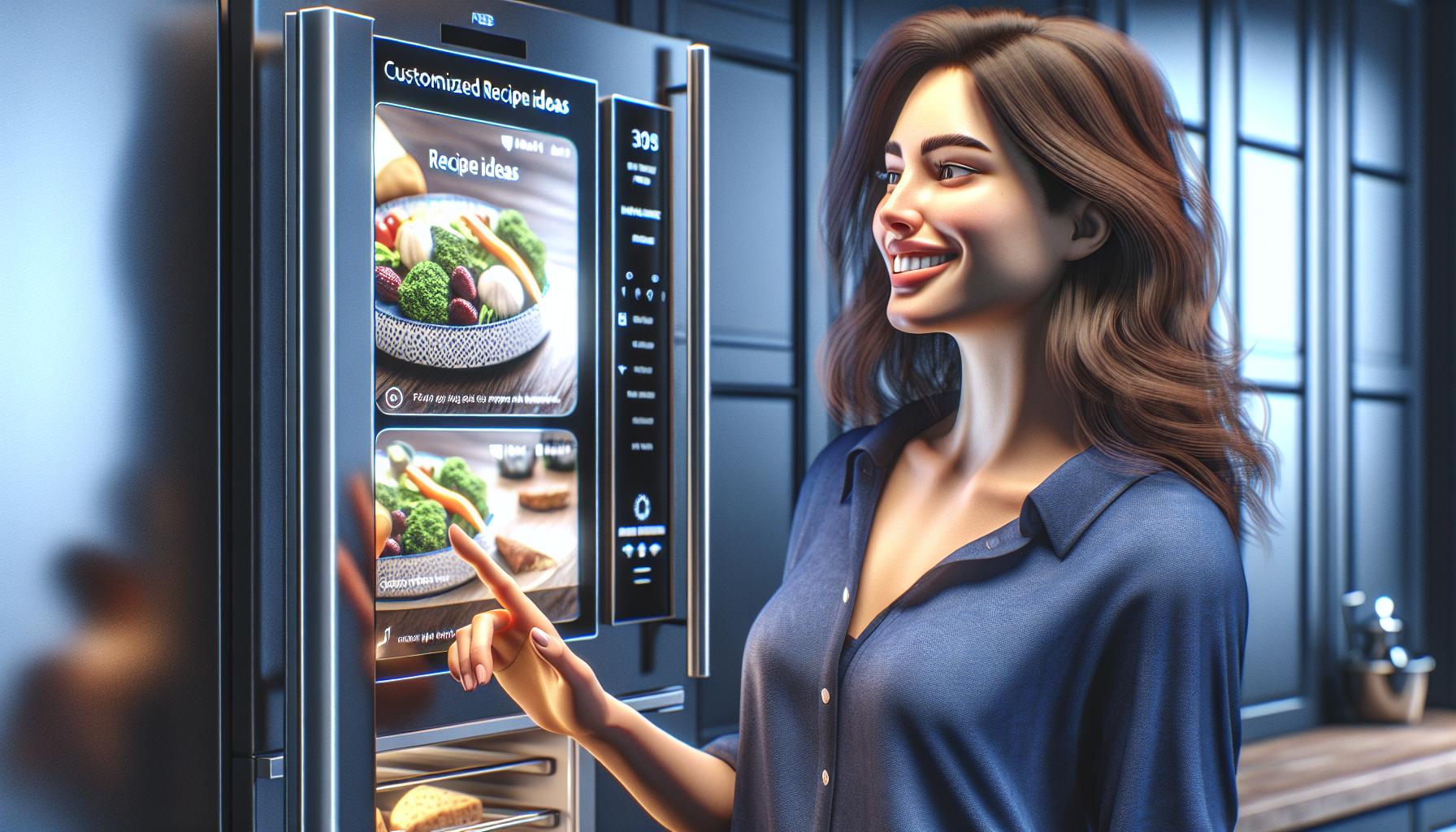Imagine a world where your coffee machine knows when you need a caffeine fix before you even wake up. That’s the magic of the Internet of Things (IoT), transforming the commercial and industrial landscape one smart device at a time. From factories buzzing with connected machinery to offices where the thermostat adjusts itself based on occupancy, IoT isn’t just a buzzword—it’s a game-changer.
Businesses are leveraging IoT to boost efficiency, reduce costs, and enhance customer experiences. With real-time data at their fingertips, companies can make decisions faster than you can say “smart fridge.” As industries embrace this technological revolution, the benefits keep stacking up like a well-organized warehouse. Buckle up and explore how IoT is not just a trend but a vital component of modern business success.
How Has the IOT Benefited the Commercial or Industrial World?
IoT technology is reshaping commercial and industrial landscapes. Numerous businesses leverage smart devices to streamline operations and enhance efficiency. Connected machinery, for instance, enables predictive maintenance, which minimizes downtime and optimizes production schedules.
Data plays a crucial role in this transformation. Real-time analytics allow companies to monitor processes continuously and make informed decisions rapidly. As a result, organizations reduce operational costs and enhance overall productivity.
Security and remote monitoring enhance safety and efficiency. Facilities equipped with IoT sensors can track environmental conditions and detect anomalies instantly. Swift identification of issues contributes to safer workplaces and helps maintain regulatory compliance.
Customization is another key benefit. Smart systems adjust settings based on user preferences, improving customer satisfaction. Retailers, for example, use IoT to tailor promotions based on buying patterns, resulting in higher engagement levels.
Supply chain management thrives with IoT integration. Sensors track inventory levels and shipments, providing visibility into the supply chain. Enhanced tracking leads to better demand forecasting and efficient resource allocation.
Sustainability gains importance within IoT applications. Smart energy systems monitor usage patterns and adjust consumption accordingly. Companies adopting sustainable practices not only save costs but also meet consumer expectations for eco-friendly operations.
Industrial automation forms additional frontiers for growth. Robotics combined with IoT technology automate repetitive tasks, freeing employees for higher-value activities. Innovations in automation enhance competitive advantage and drive industry evolution.
Overall, IoT stands as a cornerstone for modern commercial and industrial practices, offering immense potential for innovation and efficiency.
Key Benefits of IoT

The Internet of Things (IoT) provides significant advantages to the commercial and industrial sectors, driving innovation and performance improvements.
Increased Operational Efficiency
Operational efficiency receives a notable boost through IoT technologies. Smart devices facilitate seamless communication, enabling automation of routine tasks. Employees save time and resources when connected systems manage processes like inventory control and equipment monitoring. Manufacturing plants witness enhanced productivity with predictive maintenance measures that minimize downtimes. Schedulers leverage IoT data to optimize production timings, ensuring timely deliveries and reduced operational delays. Empowered by actionable insights, businesses can streamline workflows and lower overhead costs.
Enhanced Data Analytics
Data analytics improves significantly with IoT’s real-time capabilities. Organizations gather vast amounts of data from interconnected devices, allowing for deeper insights. Analytics tools process this information, revealing trends and patterns that drive informed decision-making. Companies forecast demand effectively, matching inventory levels with market needs. In retail environments, personalized customer experiences arise from understanding consumer behaviors through data analysis. Equipped with comprehensive analytics, businesses adjust strategies promptly, enhancing performance and profitability. Data-driven cultures foster continuous improvement and innovation in various sectors.
Impact on Supply Chain Management

The Internet of Things (IoT) significantly enhances supply chain management through real-time insights and improved efficiency. Seamless data exchange between devices transforms operational workflows, allowing for better decision-making.
Real-Time Tracking and Monitoring
Visibility is vital in supply chain logistics. IoT sensors enable businesses to monitor the location and condition of goods in real-time. Connected devices provide continuous updates, ensuring timely interventions during any disruptions. Temperature and humidity sensors, for instance, help maintain product quality, especially for perishable items. Alerts trigger immediate action whenever irregularities arise, minimizing spoilage and loss. Enhanced tracking features foster accountability, leading to more reliable deliveries and improved customer satisfaction.
Inventory Management Improvements
IoT revolutionizes inventory management by enabling precise tracking of stock levels. Automated systems utilize sensors to provide up-to-date inventory data. This leads to better forecasting and reduces instances of overstock or stockouts. Smart shelving can signal when products require replenishment, streamlining restocking processes. Enhanced data analytics predict demand patterns, allowing businesses to maintain optimal inventory levels. By implementing these IoT solutions, companies reduce holding costs while improving service levels, creating a more agile supply chain.
Enhancing Customer Experience

IoT significantly enhances customer experience by providing tailored services and fostering deeper engagement.
Personalized Services and Offers
Personalized services result from integrating IoT technology. Businesses collect data from connected devices to analyze user preferences and behavior. Retailers leverage this information to create custom promotions and recommendations. Data analytics enables them to target specific customer segments effectively. For example, smart refrigerators track usage patterns, offering recipe suggestions based on available ingredients. Customers enjoy tailored experiences that reflect their individual needs, leading to higher satisfaction rates.
Improved Customer Engagement
Improved customer engagement stems from real-time communication through IoT devices. Companies interact with customers instantly via smart devices, providing timely feedback and support. Notifications about product updates or promotions keep consumers informed and involved. For instance, wearable technology can alert users about health metrics and suggest lifestyle adjustments. Enhanced engagement fosters brand loyalty and encourages repeat business. Ultimately, IoT empowers organizations to build meaningful connections with customers, transforming their overall experience.
Challenges and Considerations
The integration of IoT into the commercial and industrial sectors presents various challenges. Security and privacy issues are among the most pressing concerns. Potential vulnerabilities arise as connected devices increase access to sensitive data. Cyberattacks can exploit these weaknesses, jeopardizing company operations. Companies must implement robust security protocols to safeguard their networks and data. Additionally, regulatory compliance requires ongoing attention, as businesses must navigate a complex landscape of data protection laws.
Integration with existing systems also poses challenges. Businesses often rely on legacy infrastructures that may not accommodate new IoT technologies. Compatibility issues can complicate the deployment of IoT solutions. Adopting an incremental approach enables firms to integrate IoT devices gradually, ensuring minimal disruption. Moreover, training employees to utilize and troubleshoot new systems enhances overall effectiveness. Organizations benefit by investing in these integrations, ultimately leading to improved efficiency and productivity.

